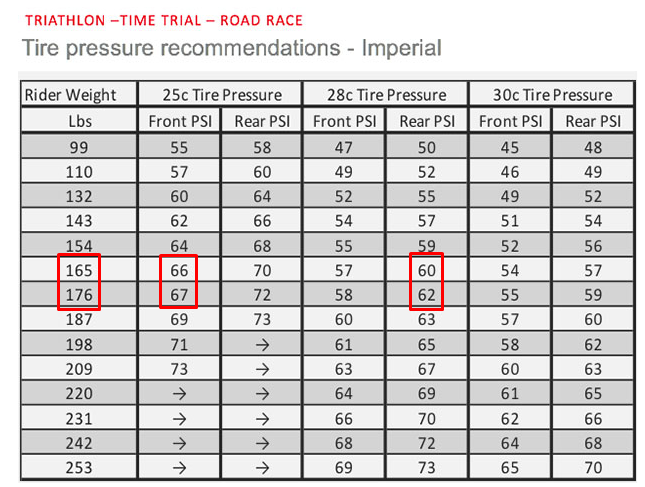i can see where this is going, and i’d like to head this off at the pass before things get testy. you and marcag stipulate to a particular set of data. marcag also, of course, generates his own data and he’s a groundbreaker in aero sensor development.
zipp doesn’t focus on what’s more aero damned the consequences. the thing they preach is “total system efficiency”, which is just what’s faster. they believe - and they hang their hat on their own data - that aero + Crr = a faster system available and that’s what they make. this actually should prove out in the kind of testing marcag performs.
because they are a company it’s okay on the internet to bash their data, ascribe to them base motives, accuse them of publishing selective data, harsh on their protocols and so on. but if any individual‘s data is challenged, them’s fightin’ words. below the belt. how dare you! that’s just how these threads go.
you can state as unchallenged fact what you believe. just be ready to get a post like this that reminds readers that what you state is not fact. it is the result of data that you choose to believe. those companies that make hookless wheels have their own data that shows otherwise. they believe their data is factual. i don’t take a position because i don’t have the background sufficient to know who is right. at least not yet.
I actually 100% agree with you on this. Apologies if I come across as testy, just passionate, promise.
In my view the beauty of these discussions is you can have different viewpoints argued vehemently, many of which will be fleshed out in testing relatively quickly. If Zipp’s claims of total system efficiency are true were going to see that replicated independently. Right now we can make educated guesses about how much savings/losses are incurred with a system. IMO it’s a stretch to assert that any system with 72psi max could be made faster than the current best (at pro triathlon conditions). If it’s proven to be faster I’ll adopt it and use it. Speed above all, for me.
As far as individual’s data goes, there’s plenty of junk. There’s one individual in particular who posits a lot of N=1 true for me is true for everybody things. A smart reader looks for a preponderance of opinion and data on one direction. Everybody agrees the Continental GP5000 is a great tire, in all tests the RR, puncture resistance and price put it near the top of everyone’s list, for example.
Everybody comes on and argues their opinions, and since sport is a more objective measure the best choices generally rise to the top. Anti vax and the sort argue their case and it only affects 1% of them, so the loudest voices win out. Arguments for running keto, round tubes, butyl tubes, etc are found to be failing. The “common wisdom” is constantly updated by race results and testing data.
Not staying my opinion as undisputed fact. Putting my current opinion on the boards based on the most robust data I can find in furtherance of discussion where we can all learn, prove, or be proven wrong.


